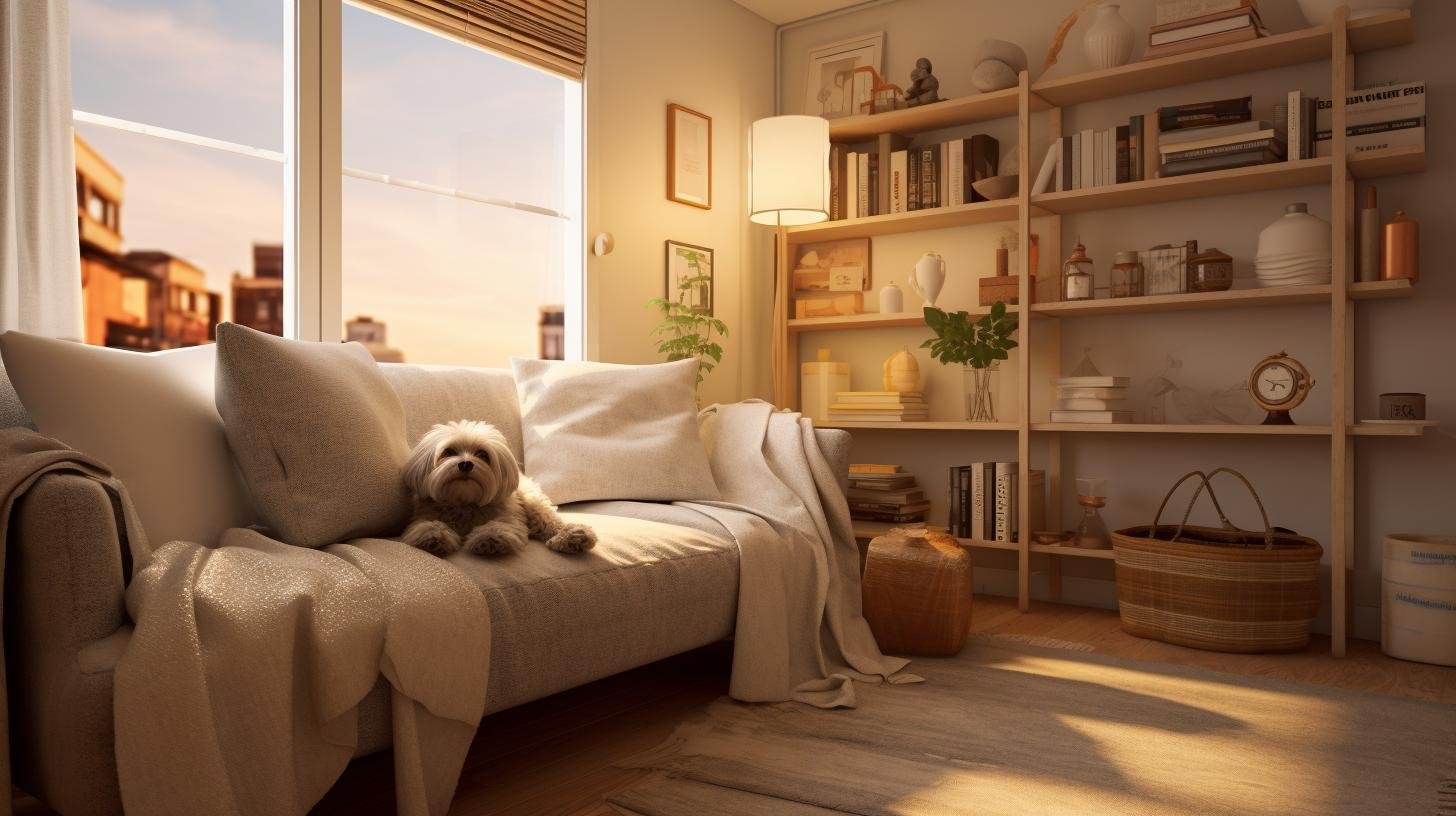The domestication of dogs happened around 15,000 years ago, and since then, they have conveniently fitted into our lifestyles as companions, protectors, workers, and even friend-in-arms. An intrinsic trait in dogs across millennia is their pack behavior, where they flourish when surrounded by other dogs or humans. However, in our modern lifestyle, we breed dogs to adapt to our solitude, which is an antithesis to their inherent nature. So, an immediate ‘Yes’ or ‘No’ answer wouldn’t give justice to your query. Instead, let’s dive deeper into the factors that govern the loneliness of our domesticated wolves.
Canine behavior, breeds, and their personal temperament aside, the formative puppy years play a significant role in a dog’s tolerance toward solitude. Puppies are like sponges, soaking up new experiences, environments, and situations that lead to behavioral adaptations. Their experiences during their formative years impact their reactions during adulthood. For instance, if a puppy is exposed to long hours of solitude frequently during its formative years, it’s likely to develop better tolerance as an adult dog.
However, bear in mind that nostalgia is not a canine trait. Dogs do not develop fond memories of their enduring alone periods; instead, they perceive it as part of their routine life. It’s also important to remember that the quintessential breed traits are also significant in adapting to solitude. Some breeds are better at being alone than others and can cope well with prolonged solitude, whereas others, especially the ones bred for companionship, can’t bear too much alone time.
Similarly, each dog is an individual, just like us humans. Their temperament, life experiences, and upbringing can significantly influence their tolerance toward solitude. Nevertheless, regardless of their breeds, inherent nature, and life experiences, dogs can’t spend an entire day alone. So, if your work routine demands you to remain out of the house for more than 8 hours, then you need to consider other arrangements such as doggy daycare or hiring a dog walker to ensure your pet isn’t left alone for too long.
Long hours of solitude can result in behavioral issues such as separation anxiety or destructive behavior. Canines have an innate need for socialization, and if this need isn’t fulfilled, it can lead to extreme restlessness and anxiety. Canine separation anxiety is a serious matter that can lead to depression and other severe mental health issues in dogs.
Consider your pet dog as a toddler, but one that stays in that age group for its entire lifespan. Just as you wouldn’t leave a toddler alone at home for eight hours, similarly, it’s not a good idea to leave your dog alone for extended periods too regularly.
However, unfortunately, for many working pet parents, having to leave their pets at home while they work is unavoidable. Here, a good course of action would be to take measures that help ease your pet into a routine where they spend a fair amount of time alone, but also their emotional, physical, and social needs are met.
Here are some strategies to help your dog cope with alone time:
1. Provide Stimulating Toys: You can provide your pet with various interactive toys or treat-dispensing toys. These will keep your furry friend occupied, mentally stimulated, and prevent them from developing destructive behaviors.
2. Hire A Dog Walker: If being away for 8 hours is unavoidable, hire a dog walker. A trustworthy dog walker can give your dog the necessary exercise and social interaction they need.
3. Doggy Daycare: These are excellent places for your pet to interact with other dogs and expend their energy.
4. Mental stimulation: Along with physical exercise, dogs also need mental stimulation. So, even if you’re at a distance, having a device such as a pet camera that allows you to interact with your dog could be beneficial.
5. Training to Tolerate Solitude: You can help their canine companions gradually get accustomed to alone time without developing any anxiety.
Remember, dogs are not just our pets. They are our family, maybe not in blood but surely in bond. Treat them with the love, care, understanding, and patience you’d extend to any family member, and they will navigate through the blues and the elation of life with you. It all boils down to understanding and creating a life not around but along with them. After all, we are their entire world!
All in all, if you have to leave your dog alone for eight hours, it’s crucial you make arrangements to meet their needs in your absence. The conversation surrounding this subject is far from over, and we’d love to hear your thoughts, experiences, and methods in managing the loneliness of man’s best friend.
To end it in the words of M.K. Clinton, “The world would be a nicer place if everyone had the ability to love as unconditionally as a dog.”

